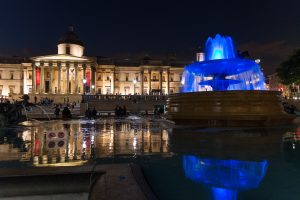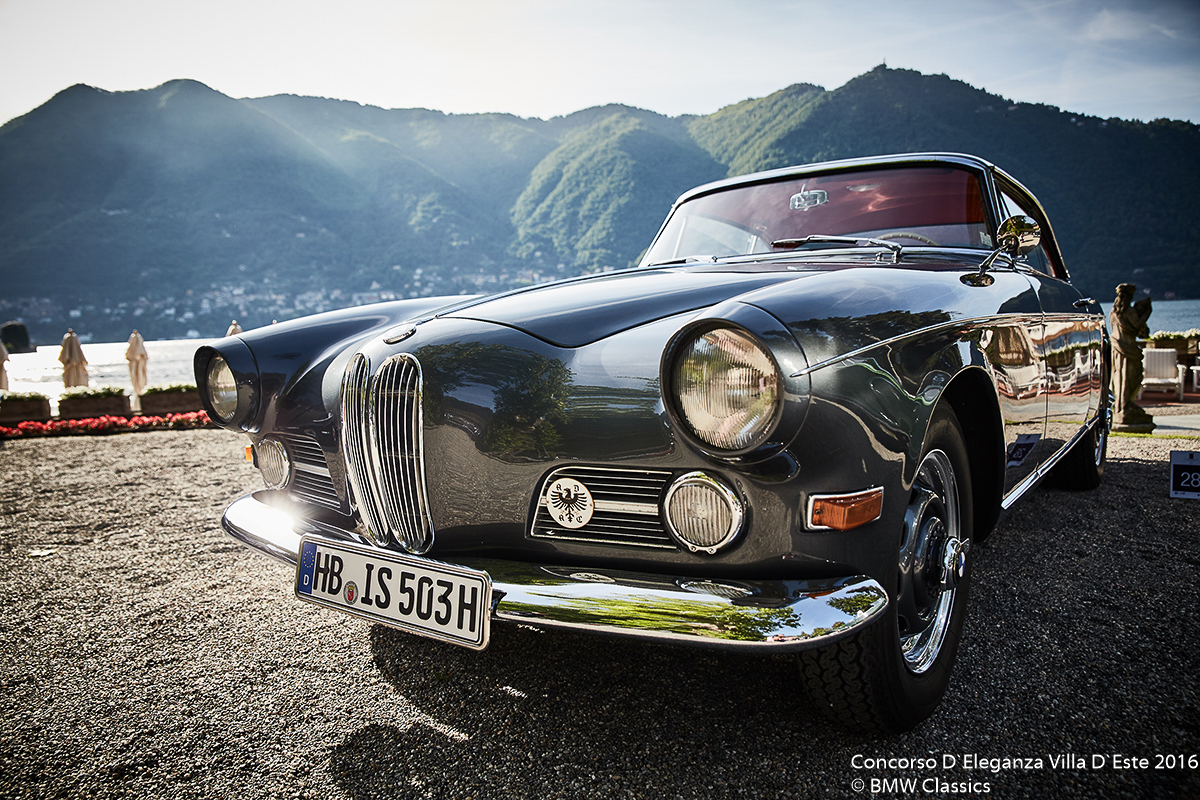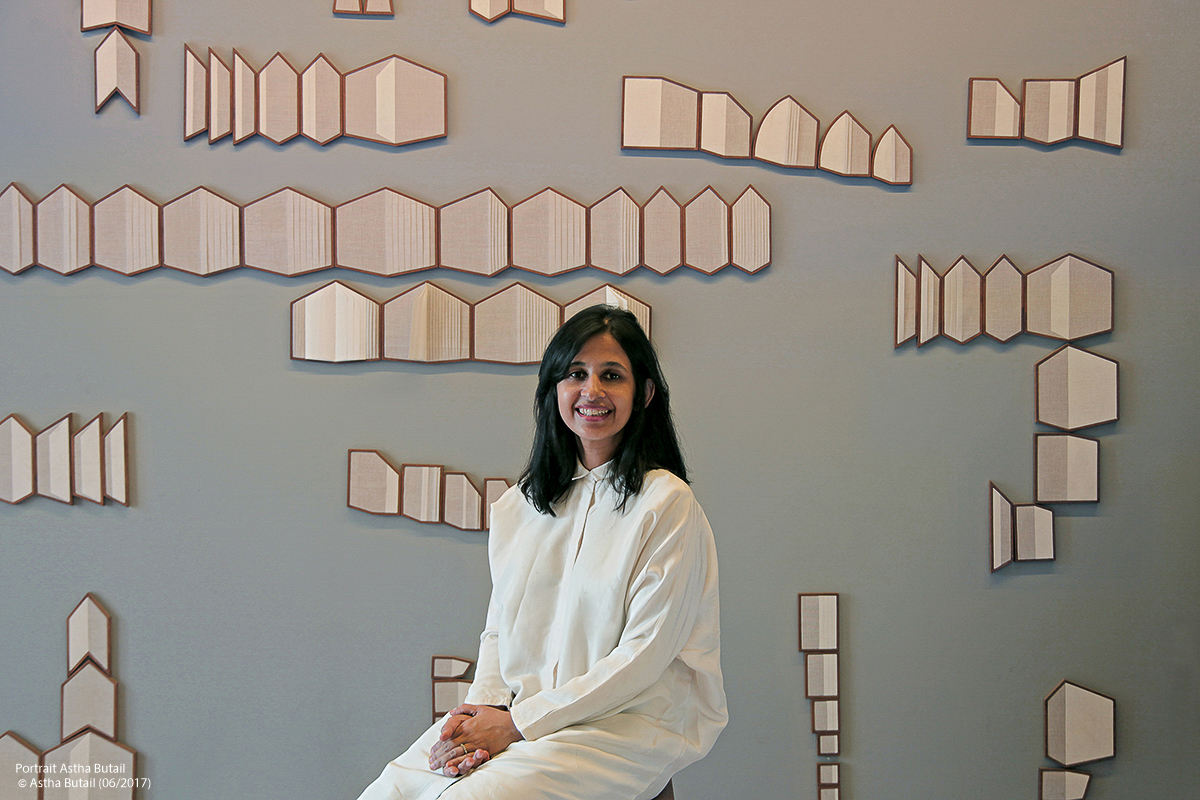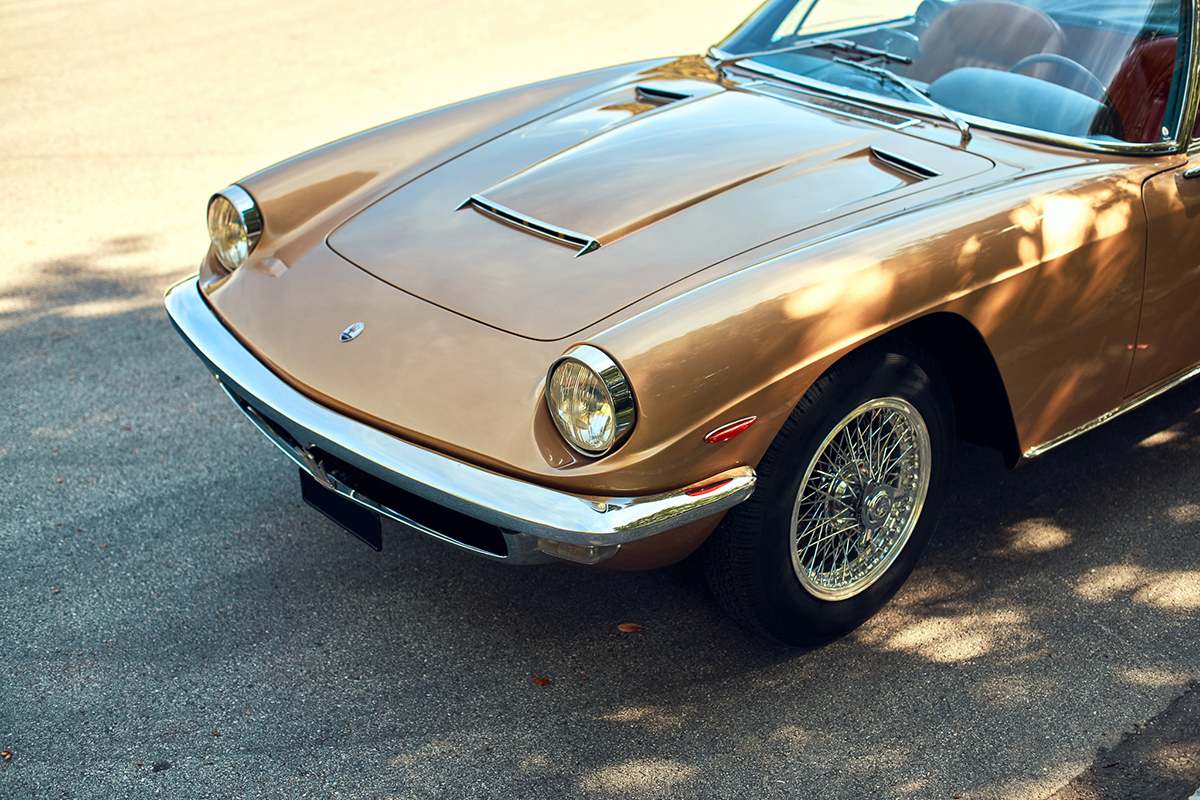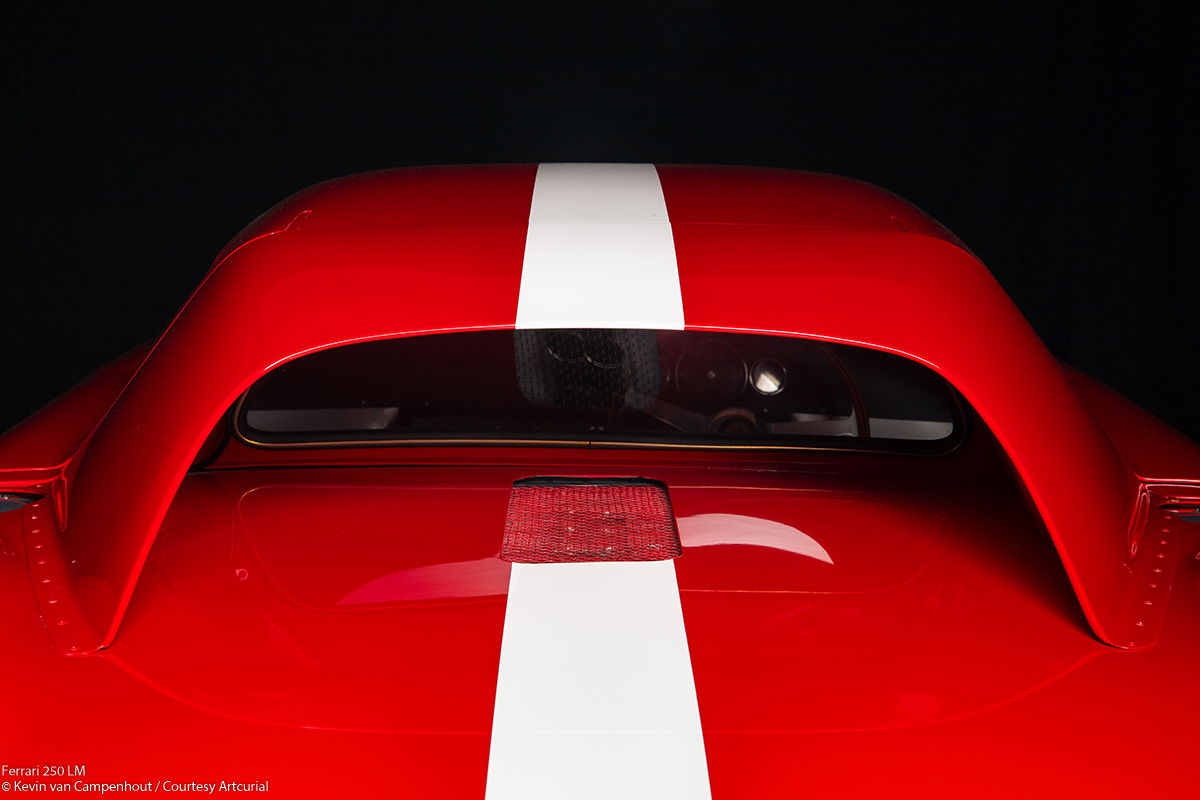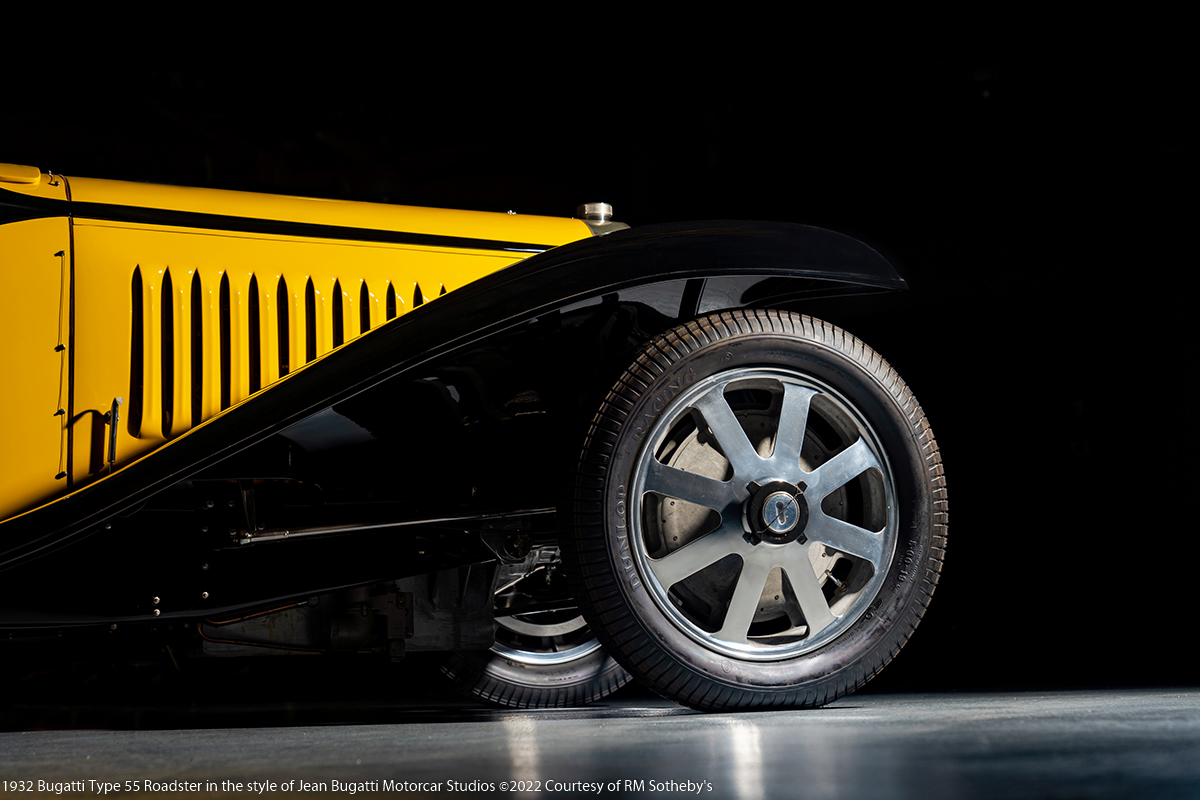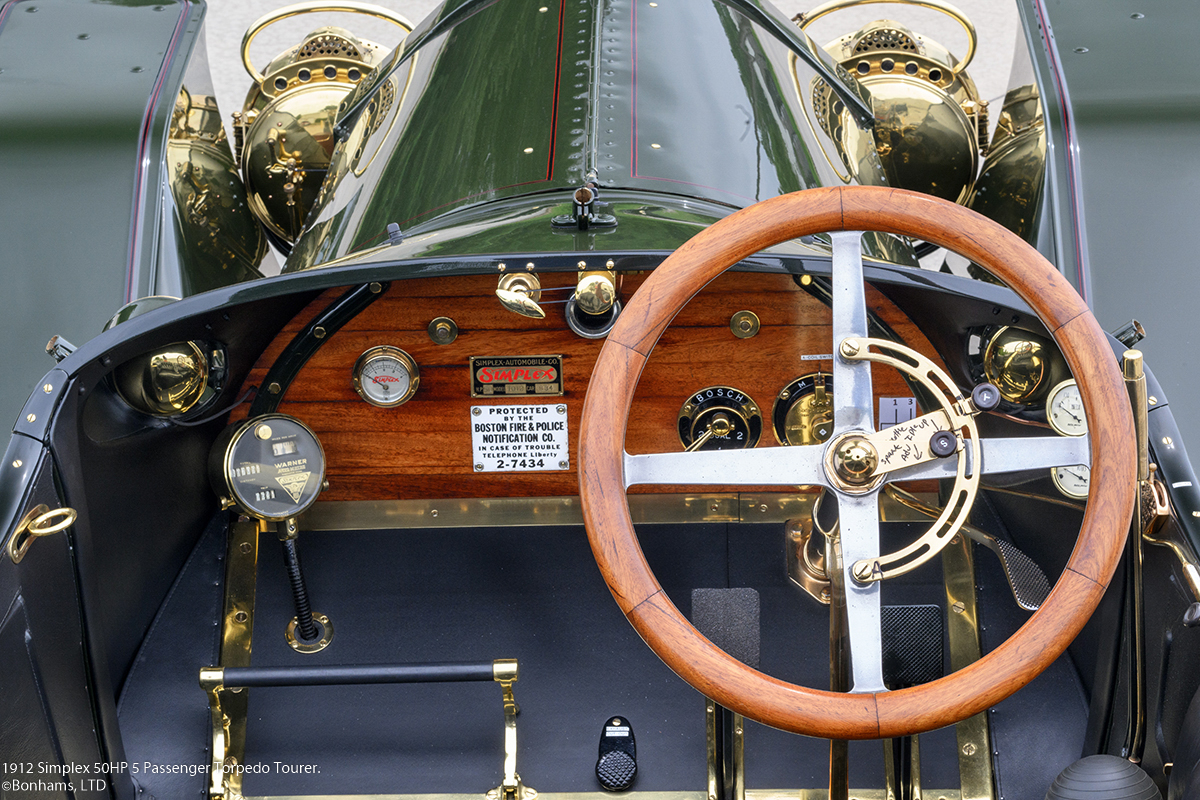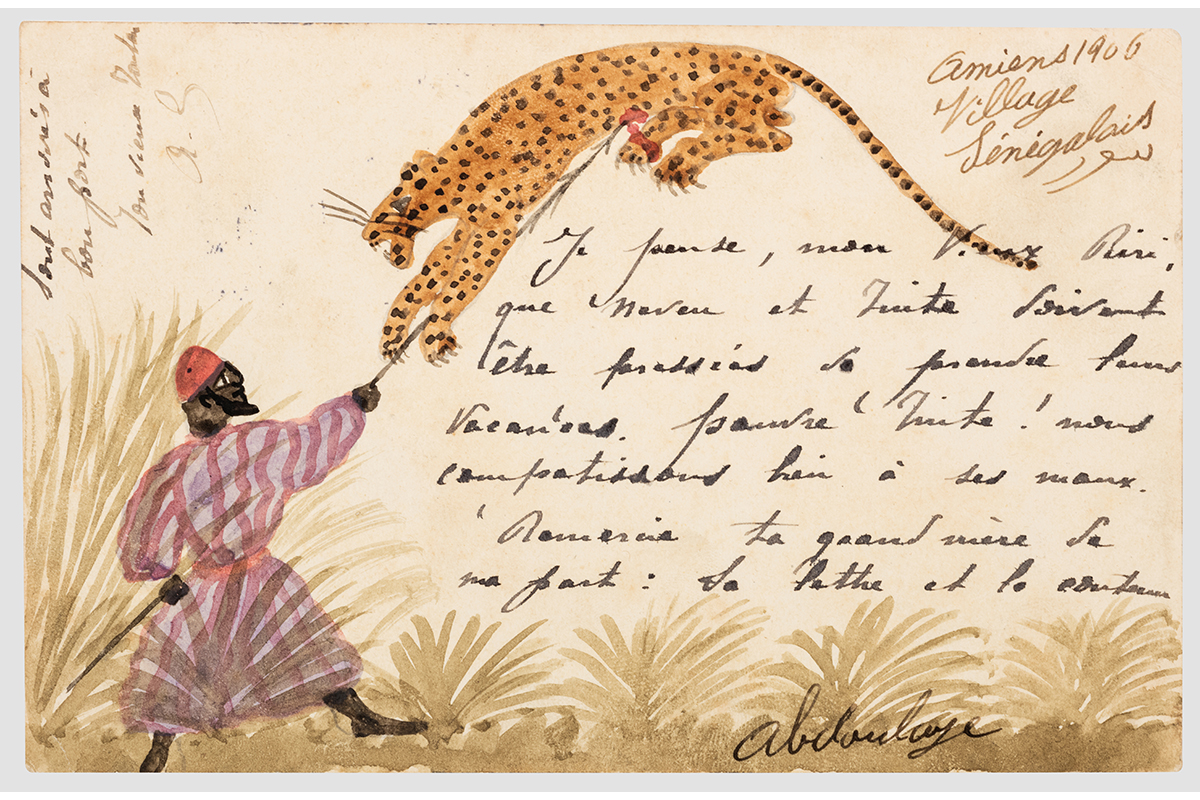A wall clock as no-one has seen before!
Vanitas wall clock is the first co-creation between Fiona Krüger and L’EPÉE 1839.
A Vanitas is a still life artwork which includes various symbolic objects to remind the viewer of the transience of life. This was an important and popular genre of painting in the 1600’s and include symbols like skulls and extinguished candles.
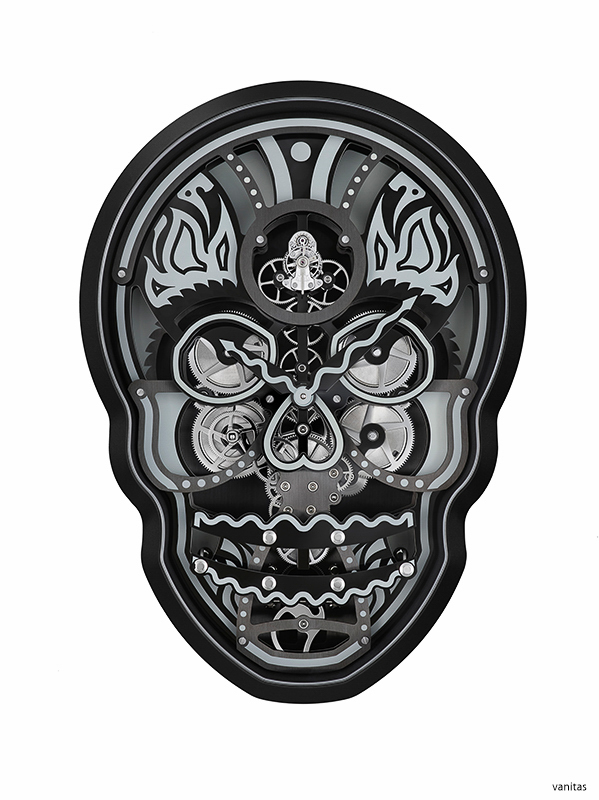 The Skull is the ultimate symbol of life, death and human experience – as such it has played a key role in both Horological Historyand Art History.
The Skull is the ultimate symbol of life, death and human experience – as such it has played a key role in both Horological Historyand Art History.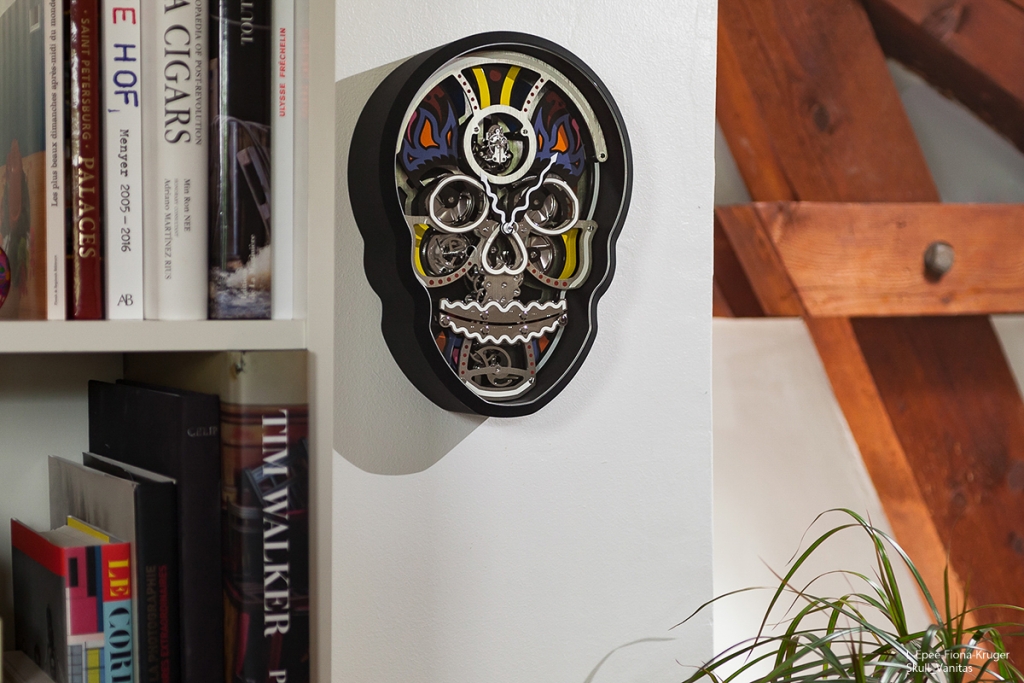
A UNIQUE AND MUST HAVE DESIGN CLOCK!
FG ART & LIFESTYLE
info@fg-art-lifestyle.com
